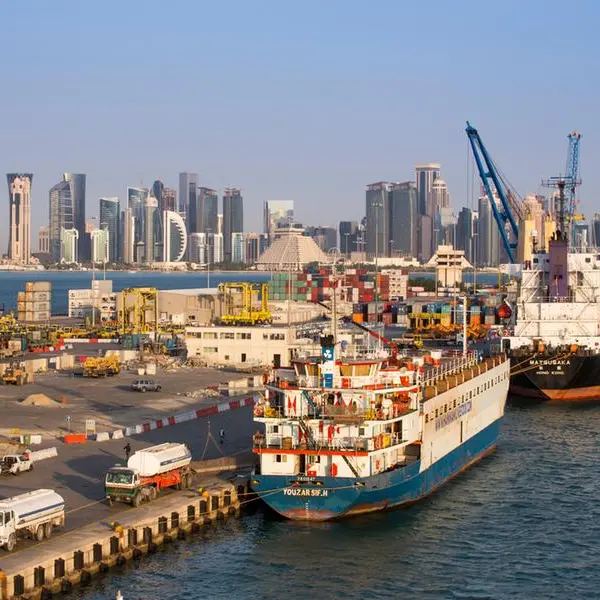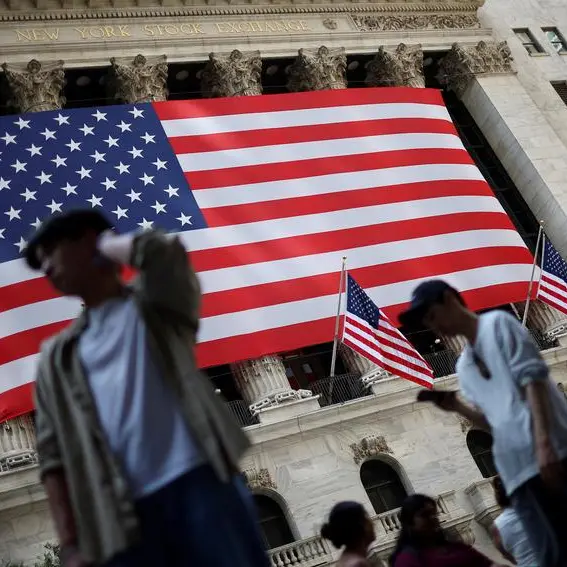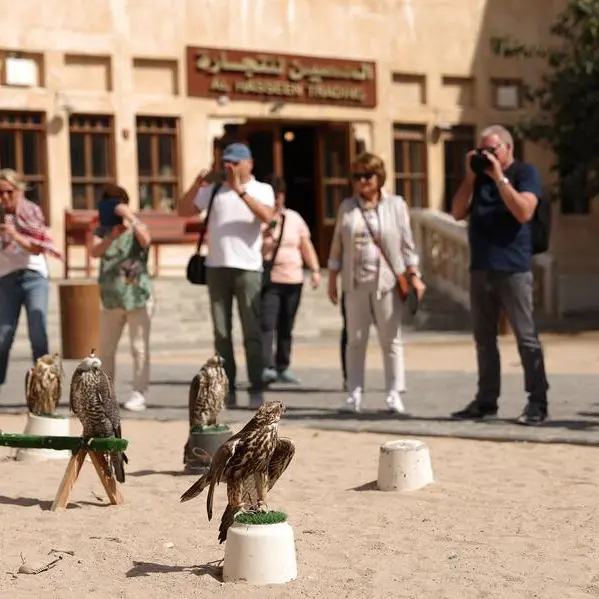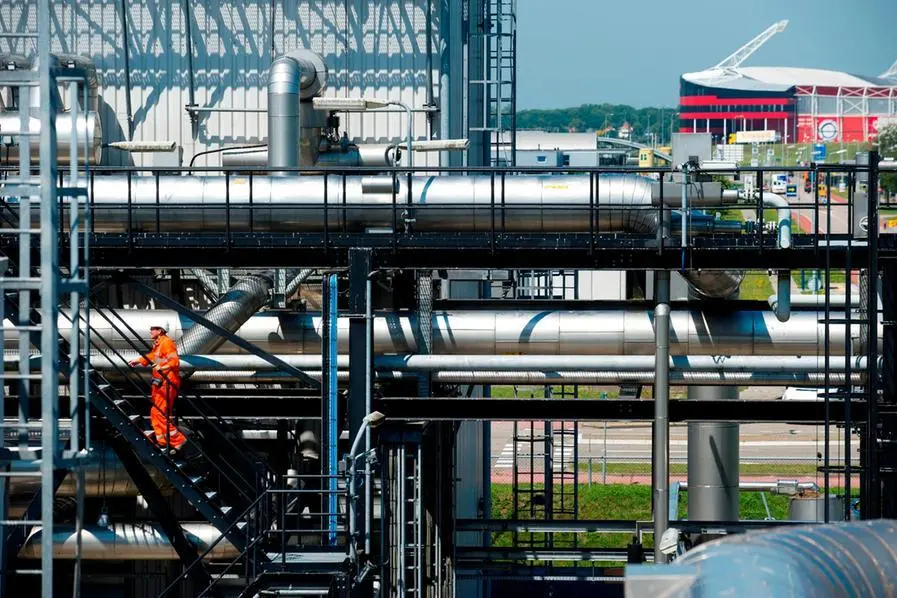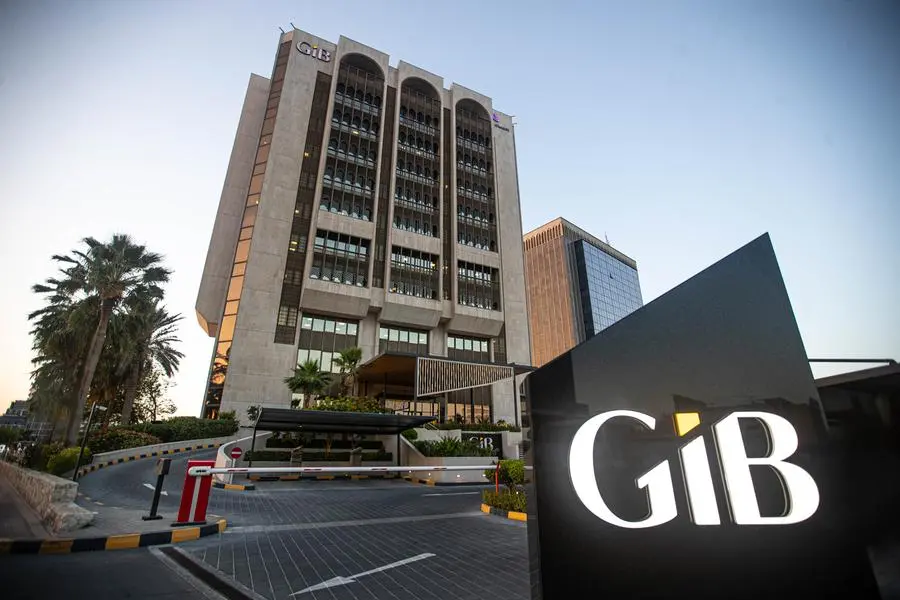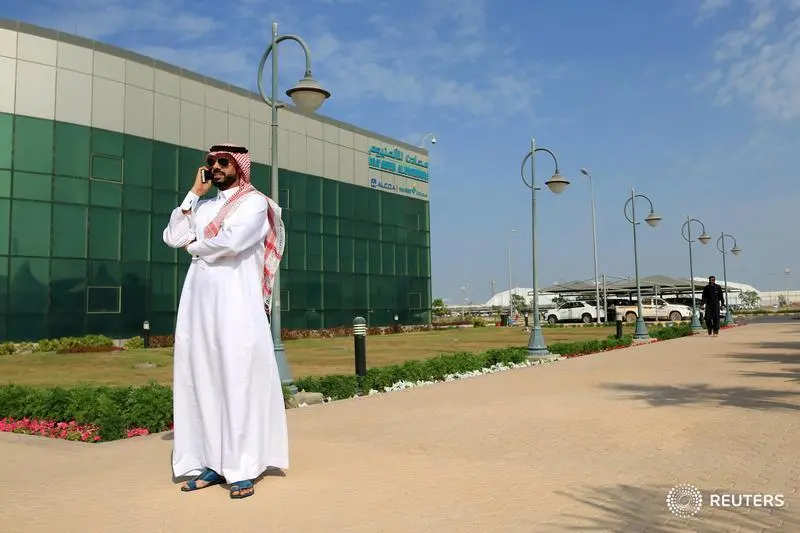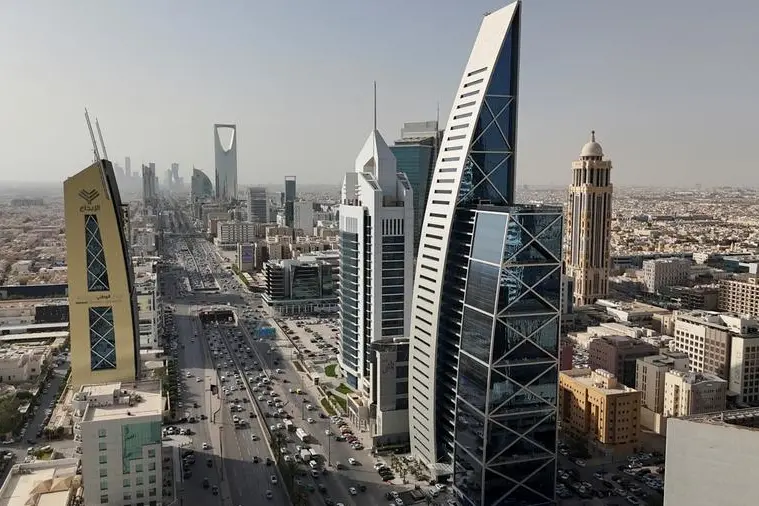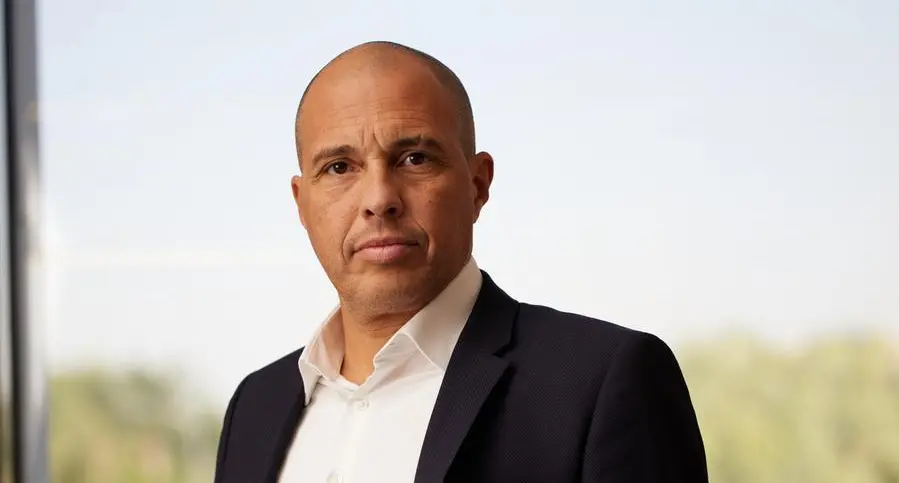16 March 2005
How and why did Ridley Scott become involved with "Kingdom of Heaven?"
Scott wanted to make a film about medieval knights, whom he considered to be the "cowboys" of their time. He was fascinated by their pure, severe code that carried with it degrees of fairness, faith and chivalry. The screenwriter, William Monahan, suggested to Ridley a story about the Kingdom of Jerusalem during the reigns of Baldwin IV and Saladin.
What time period and location is covered in this historical epic?
The story opens during the Crusades, in the year 1186. It focuses on a brief interlude of truce between the second and third Crusades when Christians, Muslims and Jews coexisted in a fragile peace. While the story begins in France, with a brief stop in Italy, it takes place almost entirely in Jerusalem.
Where was it filmed?
Production on "Kingdom of Heaven" began on January 12, 2004, near Huesca in northern Spain at the spectacular Loarre Castle, a mountaintop fortress dating back to the 11th century. Other treasures of Spain's architectural patrimony appearing in the film include Avila's inspiring cathedral, Segovia's Valsain Wood, Cordoba's Mezquita and the Casa de Pilotas, a replica of Pontius Pilate's Jerusalem home. Following six weeks of filming in Spain, the production moved onward to Ouarzazate and Essaouira, Morocco, which were used to recreate the Holy Land. Among the largest productions in Twentieth Century Fox history in terms of sheer scale, "Kingdom of Heaven" completed principal photography in June, 2004.
What exactly were the Crusades?
The Crusades (literally, "wars of the cross") spanned two centuries of medieval history, when European Christians mounted military expeditions to fulfill a solemn vow to recover the Holy Land from the Muslims.
Is "Kingdom Of Heaven" based on actual historical events?
"Kingdom of Heaven" is historical fiction, using the actual events of this period as an epic canvas upon which to create a great human drama. But as in any film based on historical events, there are always pieces that must be left out, mostly for time and relevance to the story's themes. Monahan read the primary historical documents, but it was a difficult task since there obviously exist no witnesses today to describe what occurred during those years. The historical accuracy can best be described as sensitive conjecture. However, the script was praised for its accuracy by every scholar who was consulted, both Muslim and Christian, according to Twentieth Century Fox.
What historical accounts was this film based on? What historians were consulted?
Monahan was familiar with most of the primary historical documents. In researching the history, he chiefly used primary sources - for example, the accounts of William of Tyre (c.1130-1185), regarded by historians as among the greatest chroniclers of any age. He was a chancellor to the Kingdom of Jerusalem, as well as the personal tutor of Baldwin IV. Monahan also used the works of Lyon Eracles (an anonymous French chronicler), and many Muslim writers such as Imad al-Dine and Osama Ibn Munquidh, for incident, color, and perspective.
The characters: Actual historical figures or fictions?
Characters in historical fiction typically are a mixture of "real" personages, with details of their lives altered or embroidered and invented characters whose points of view give the reader or viewer a window into the period and its people, or fills in puzzling omissions in our historical record. Certain characters and their behavior were deliberately modified for story purposes, while remaining relatively faithful to their historical models.
During the early Crusades, Saladin or Salah al-Dine (Ghassan Massoud) was considered the greatest warrior and diplomat of the Muslims. Noted for his chivalrous behavior, he was respected by Christians and Muslims alike. Nearly all of the Near Eastern cities fell to Saladin and his army of Saracens, or Muslim warriors.
While Godfrey of Ibelin (Liam Neeson) is a wholly invented character, he would be fairly typical of a younger son of a lord who went to the Holy Land to make his fortune. Many leaders of the early Crusades were French noblemen like Godfrey. Later, Crusaders came from many different countries.
Renegade Crusader barons like Guy de Lusignan (Marton Csokas) and Reynald de Chatillon (Brendan Gleeson) attacked Arab caravans and were intent on driving out the Muslims, showing no interest in peaceful coexistence.
Religious military orders were instituted to man garrisons in the Holy Land and protect Christian pilgrims. One of these orders was known as the Knights Hospitaler and they wore a white cross. The Hospitaler (David Thewlis) who accompanies Godfrey and the other Crusaders, was one of these warrior monks, although he is a wholly invented character in the film created to balance the more fanatical Christians in the story. Another order, the Knights Templar, wore a red cross. The Knights Templar grew very powerful as soldiers, diplomat, and bankers. As the Crusades ended, the military orders made a last stand in the Holy Land.
King Baldwin IV worked to keep the peace while defending his kingdom in Jerusalem during his short lifetime; he died at age 24 from leprosy. Tiberias (Jeremy Irons), whose real name was Raymond of Tripoli, was King Baldwin's adviser. Sibylla (Eva Green) was the king's sister who had a son, King Baldwin V, said to be in delicate health and who died at the age of 6 or 7. And finally, Balian of Ibelin (Orlando Bloom), on whom the plot is hinged, needed a largely fictional treatment. The real Balian was an established lord, not a French artisan. There are key places where the tracks of the real Balian and the film Balian converge, especially near the end. The real Balian was known to have organized the defense of Jerusalem and negotiated the terms of its surrender with Saladin. - R.S.


